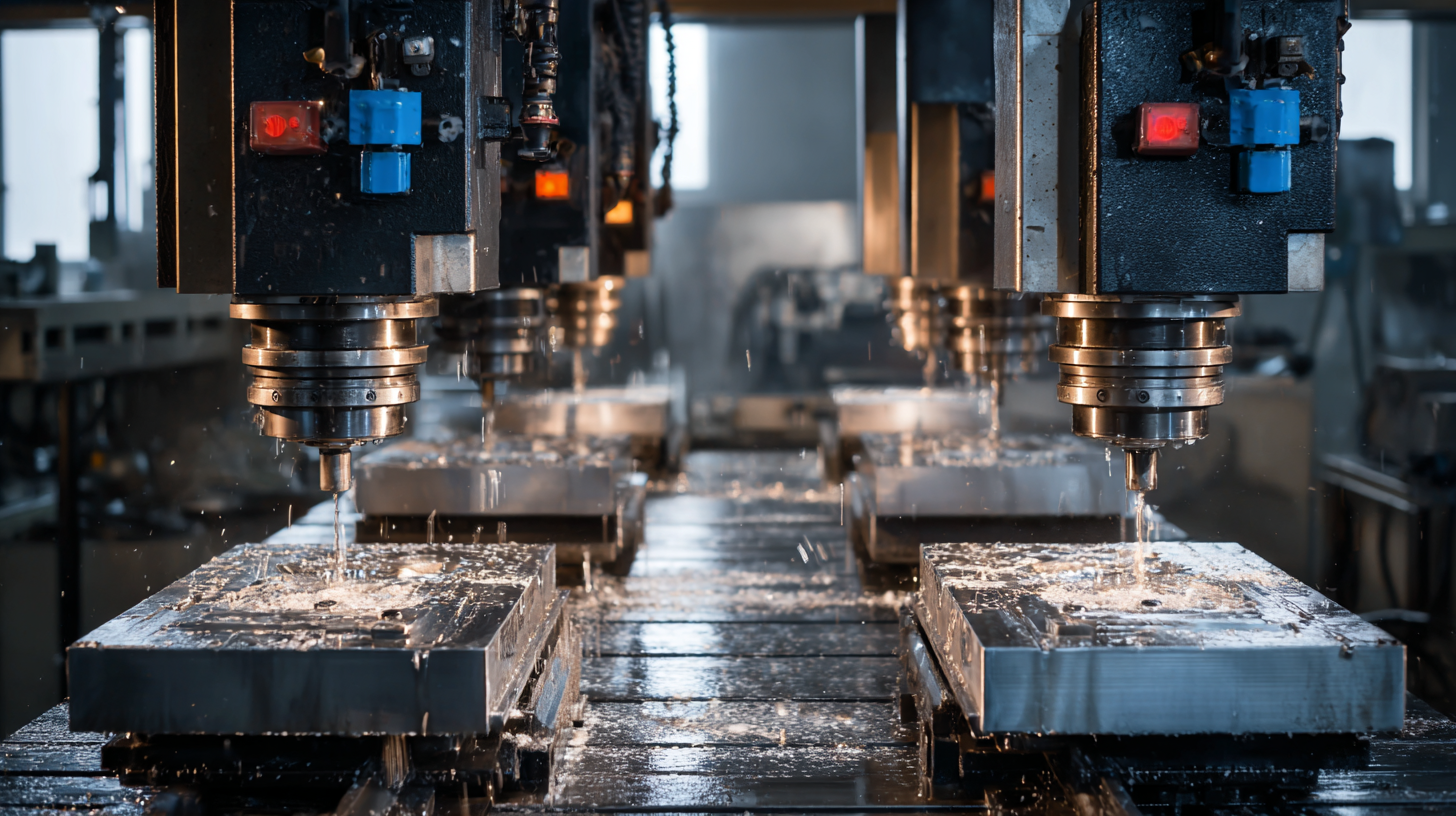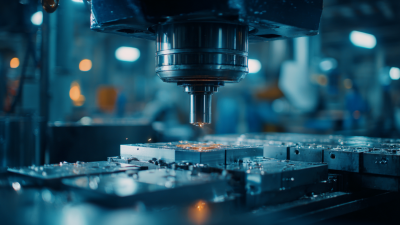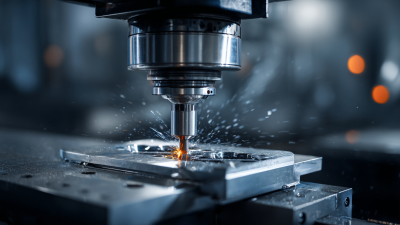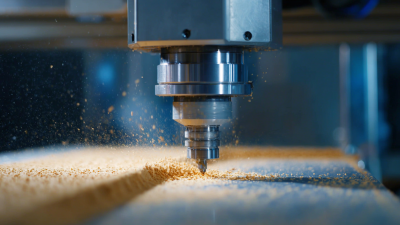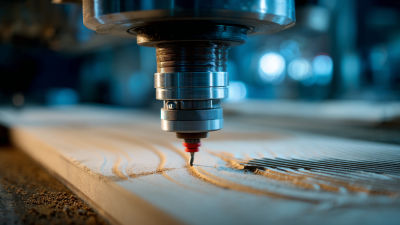Choosing the right milling machines for your manufacturing needs is a critical decision that can significantly impact your production efficiency and product quality. With a myriad of options available in the market, understanding what features and specifications to look for is essential. Milling machines, known for their precision and versatility, play a pivotal role in various manufacturing processes, from creating intricate components to shaping raw materials.
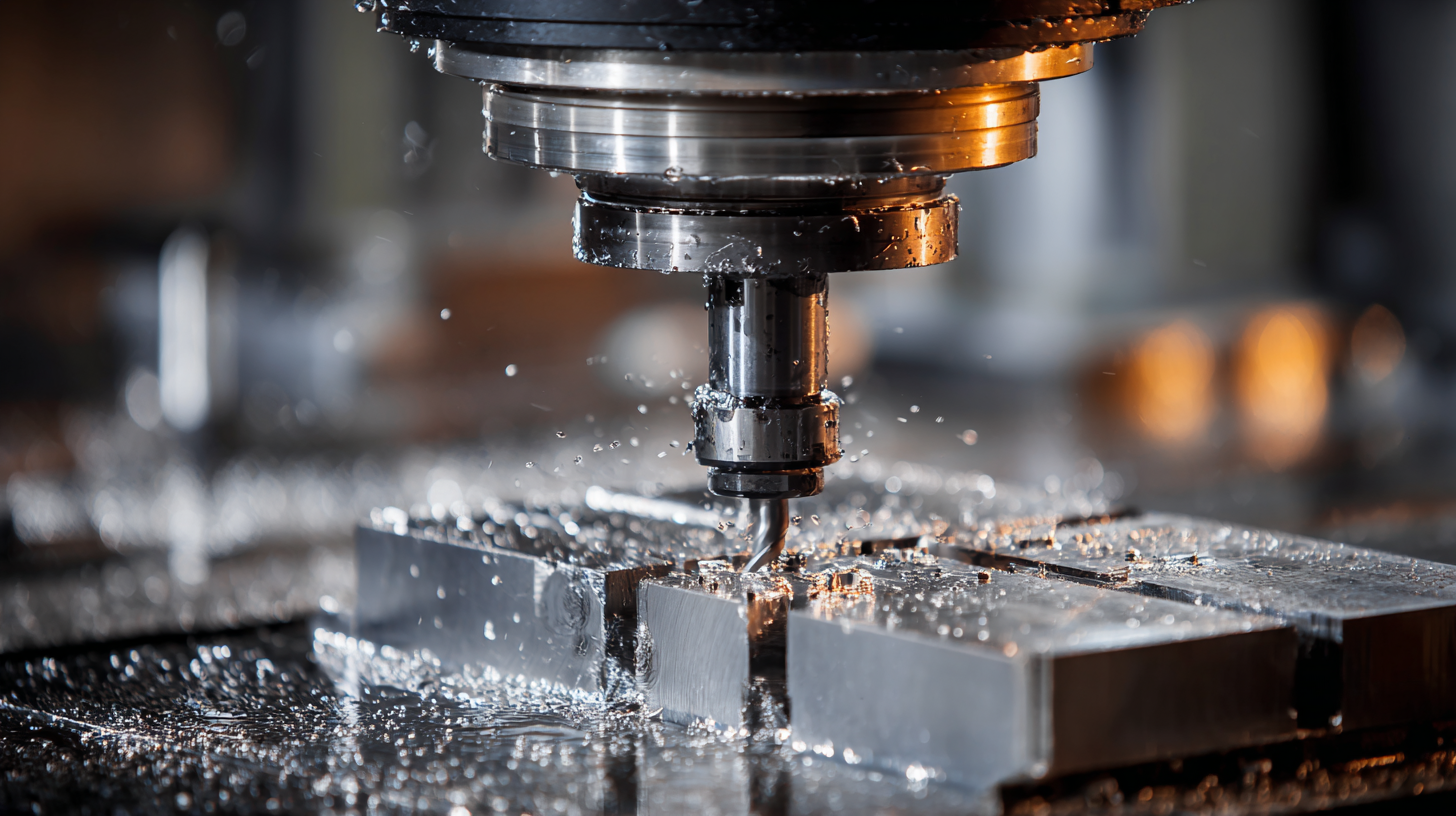
In this guide, we will explore the key factors to consider when selecting milling machines that align with your specific requirements. Whether you are a small business just starting out or a large manufacturer looking to upgrade your equipment, understanding the capabilities and limitations of different milling machines will empower you to make an informed choice. Join us as we delve into the intricacies of milling machines, highlighting important aspects such as size, functionality, and technological advancements that can enhance your production capabilities.
When selecting the best milling machines for your manufacturing needs, it is crucial to first identify your specific requirements. Understanding factors such as production volume, part complexity, and precision standards can significantly influence your choice. For instance, if your projects require high precision and the ability to handle complex geometries, investing in advanced five-axis CNC milling machines may be essential. Such machines not only increase flexibility in machining but also minimize non-productive machining times through effective management of critical resources.
In today’s rapidly evolving manufacturing landscape, enhancing productivity and reducing downtime are key priorities. This is where technology investments, such as AI-driven CNC machining and digital twin technology, come into play. These innovations can provide real-time data analytics and simulate machining processes, ensuring that your operations remain competitive while adhering to high-quality standards. By thoroughly assessing your specific manufacturing needs and integrating cutting-edge technologies, you can optimize operations and maintain a significant edge in the industry.
When selecting a milling machine for manufacturing needs, it is crucial to focus on key features that enhance productivity and precision. Modern milling machines are equipped with advanced technologies like computer numerical control (CNC), which allows for high precision and repeatability in manufacturing processes. According to a report from the International Machinery Federation, CNC machines can improve production efficiency by up to 30%, making them a vital investment for businesses aiming to stay competitive.
Another important feature to consider is the machine's range of capabilities. Modern milling machines can handle a variety of materials, from metals to composites, using different tooling systems. Research by Industry Week indicates that versatile machines reduce downtime and tooling costs, with companies reporting savings of 25% in operational expenses. Additionally, features such as automatic tool changers and enhanced ease of use through user-friendly interfaces significantly streamline the workflow, further driving efficiency in production environments.
| Feature | Description | Importance |
|---|---|---|
| Spindle Speed | The maximum speed at which the spindle can rotate, affecting cutting efficiency. | High |
| CNC Control | Computer Numerical Control for precision machining and automation. | Critical |
| Table Size | Dimensions of the milling machine table, impacting the size of workpieces. | Medium |
| Number of Axes | Axes of movement; more axes allow for complex shapes and operations. | High |
| Weight and Rigidity | Heavier machines tend to offer better stability and reduce vibrations. | Medium |
| Tooling Options | Compatibility with various tools for diverse machining tasks. | High |
| Software Compatibility | Ability to work with different CAD/CAM software for programming. | Critical |
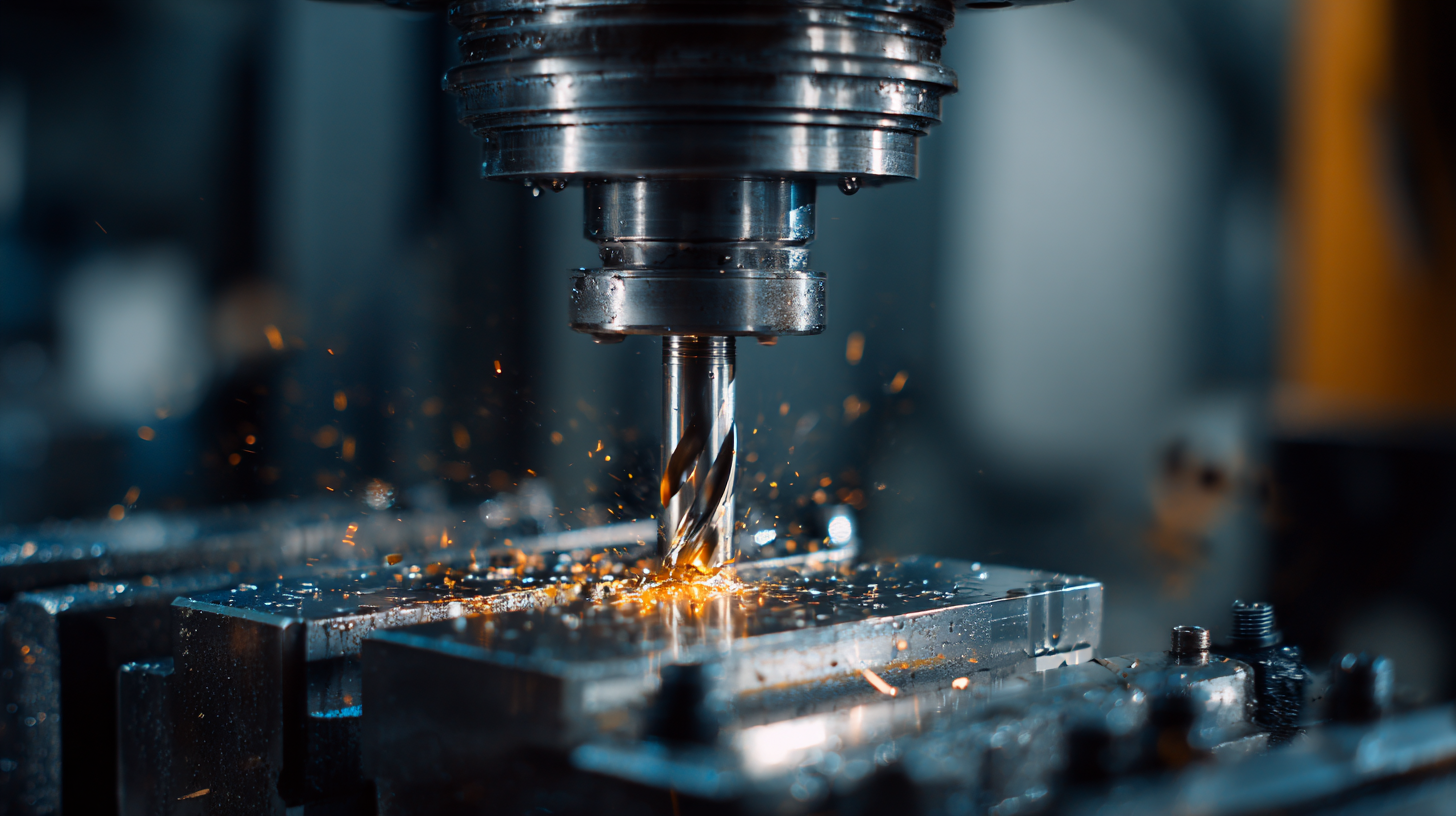 When evaluating different types of milling machines for your industry, it's essential to consider the specific needs of your manufacturing process.
First, assess the materials you will be working with. For instance, if your operations involve harder materials like titanium or inconel, you'll need a robust machine that can withstand higher cutting forces and heat.
High-speed machining capabilities may be beneficial for softer materials, enhancing precision and reducing cycle times.
When evaluating different types of milling machines for your industry, it's essential to consider the specific needs of your manufacturing process.
First, assess the materials you will be working with. For instance, if your operations involve harder materials like titanium or inconel, you'll need a robust machine that can withstand higher cutting forces and heat.
High-speed machining capabilities may be beneficial for softer materials, enhancing precision and reducing cycle times.
Additionally, the size and type of milling machine play a crucial role in productivity.
Vertical milling machines are often favored for their versatility and ease of operation, making them suitable for smaller workshops.
In contrast, horizontal milling machines offer more power and are better suited for high-volume production environments.
Furthermore, consider automation features, as CNC milling machines can significantly enhance efficiency and repeatability, especially for complex parts that require intricate designs.
By carefully evaluating these factors, you can choose a milling machine that aligns with your specific manufacturing needs.
When selecting milling machines for manufacturing needs, precision and performance standards are paramount. According to a report from *TechSci Research*, the global milling machine market is projected to reach $4.7 billion by 2026, emphasizing the rising demand for high-performance equipment that meets stringent manufacturing tolerances. Precise machining not only enhances product quality but also minimizes waste, which is crucial in a landscape where efficiency directly impacts profitability.
Furthermore, the *2021 Manufacturing Performance Report* underscores that companies utilizing milling machines with higher precision capabilities report a 30% reduction in production errors. This aligns with the industry's push towards automation and the adoption of advanced milling technologies. By investing in machines that adhere to rigorous performance standards, manufacturers can achieve greater reliability and consistency, ensuring that they remain competitive in an increasingly global market. Ultimately, the choice of milling machine can significantly influence operational efficiency, making precision and performance the cornerstones of successful manufacturing strategies.
When selecting a milling machine, budgeting is a crucial factor that intertwines cost with value. It's essential to distinguish between the initial purchasing price and the long-term value it provides. A lower-priced machine may seem attractive, but if it lacks the durability or capabilities needed for specific tasks, it could lead to increased maintenance costs and downtime, ultimately diminishing its value. Therefore, manufacturers should carefully assess their production needs and prioritize features that will enhance efficiency and output quality over time.
Additionally, evaluating the total cost of ownership is vital in the budgeting process. This includes not only the initial investment but also factors such as energy consumption, tooling, maintenance, and potential repair costs. High-quality machines often come with better support and warranties, which can save money in the long run. Investing in a more expensive but reliable milling machine could be more cost-effective than opting for a cheaper alternative that might require frequent replacements or repairs. By recognizing the balance between cost and value, manufacturers can make informed decisions that align with their operational goals and financial constraints.
